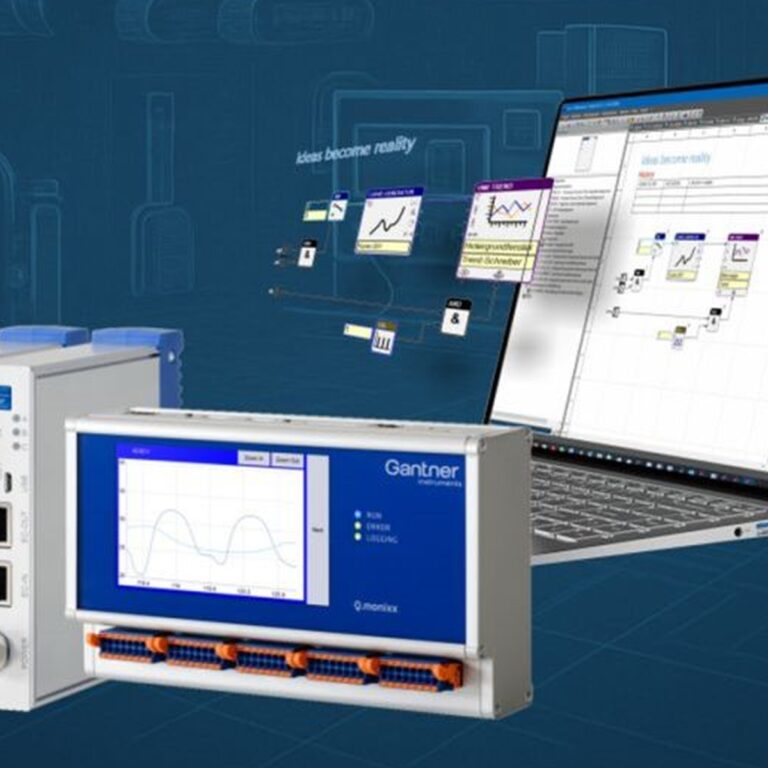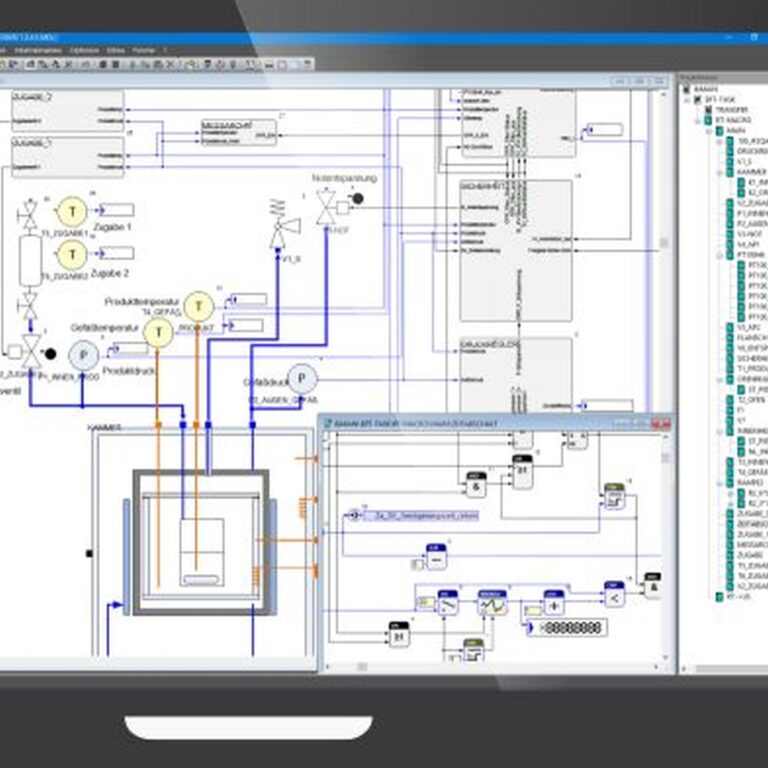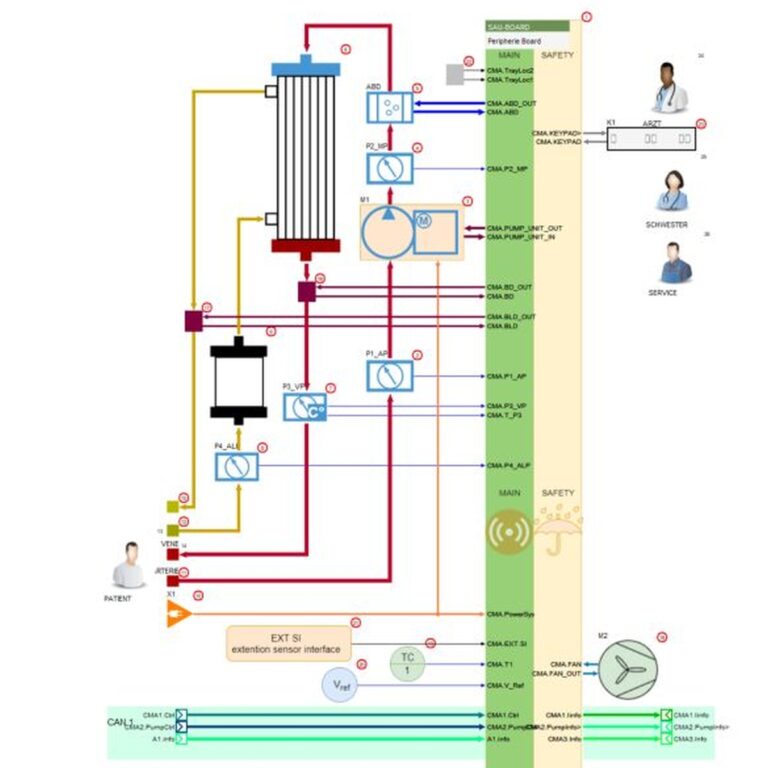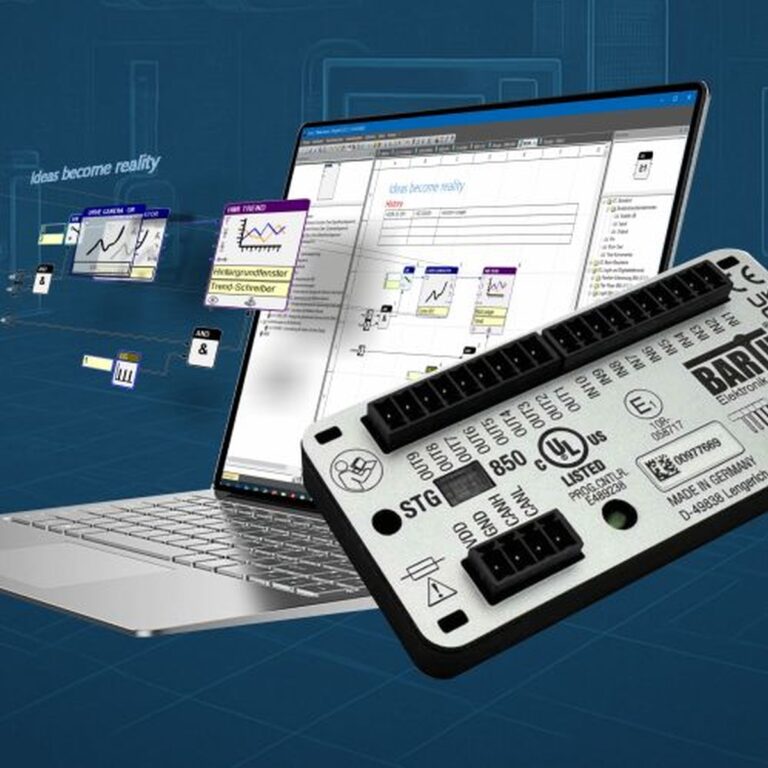DSL vs. SysML
Which approach is better suited to control and measurement technology?
In system development, there are many tools for modeling and representing complex systems. A widely used standard is the Systems Modeling Language (SysML), which is suitable for a wide range of systems. But how suitable is SysML specifically for tasks in measurement and control technology? And what advantages do domain-specific languages (DSLs) such as iConL offer in this context?
SysML: Flexible, but not specialized
SysML was developed to model various aspects of systems, from structure to behavioral models. It extends UML with concepts for systems engineering and is therefore well suited for describing hardware, software and requirements. SysML is a very powerful language for many projects, as it is flexible and universally applicable.
However, this flexibility also has its disadvantages when it comes to the specific requirements of measurement and control technology. Although SysML offers a high level of abstraction, it is not directly tailored to the needs of the measurement and control domain. Developers often have to spend additional work to break down generic models to their specific needs, which leads to more effort and potential misunderstandings.
DSL: Tailor-made for measurement and control technology
Adaptation to the measurement and control domain:
In contrast to SysML, which is universally designed, iCon-L offers specific modules and functions that are precisely tailored to the measurement and control applications such as sensors, control logic and control processes. Developers do not have to adapt generic components, but can access suitable modules immediately.
Simplefied Modeling:
By focusing on measurement and control technology, the models in iCon-L are clearer and easier to understand. While SysML often requires several diagram types to describe complex systems, iCon-L offers a graphical, intuitive representation that directly depicts the function blocks and their links.
Less development effort:
The specialized nature of iCon-L significantly reduces the effort required for modeling. Compared to SysML, which requires deeper familiarization and broader adaptations, iCon-L allows reliable systems to be created in less time.
Improved error prevention:
As iCon-L was developed specifically for measurement and control tasks, it integrates domain-specific rules, which reduces the error rate. Developers benefit from clear, ready-made solutions that are tailored directly to their specific requirements.
(Publ.24.09.2024 on linkedin)






